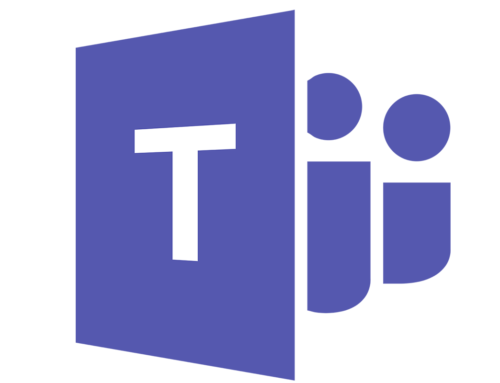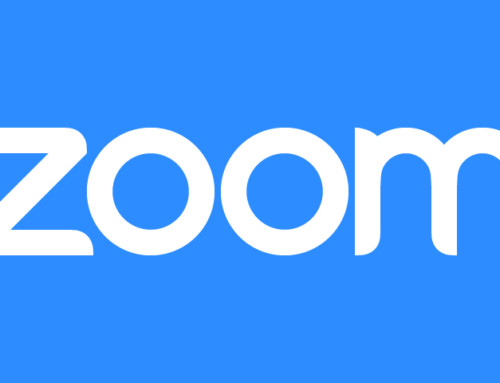Published July 2025
Data and Bandwidth Requirements for Video Conferencing Platforms
Many businesses today rely on video conferencing platforms to stay connected, whether working remotely or coordinating with vendors and clients. While Microsoft Teams is a common choice, it’s not the only one—Zoom, Google Meet, and other tools are widely used for both internal and external communications.
We recommend contacting GoBrolly first at 913.837.4678 to discuss your needs so we can personalize an Internet plan just for you. You can always change plans at any time, it is that simple.
Each platform has unique features and slightly different network requirements. Here is a breakdown of some of the most popular video conferencing tools and their typical bandwidth needs:
📡 What is Latency (and Why It Matters for Video Calls)?
Latency is the time it takes for data to travel from your device to the internet and back. It’s often measured in milliseconds (ms)—and while small numbers may seem insignificant, in the world of video calls, they make a big difference!
⏱️ Why Consistent Latency Is Important
When you’re on a video conference (like Zoom, Teams, or Google Meet), you’re sending and receiving live audio and video at the same time. If the latency jumps around—even by a few milliseconds—it can lead to:
• 🎤 Audio delays (talking over each other)
• 🎥 Frozen video or poor video quality
• 🌀 Echoes or dropped words
• 🔄 Out-of-sync conversations
These issues are especially frustrating in team meetings, virtual classes, or interviews where timing is everything.
📶 It’s Not Just About Speed
Even with fast download/upload speeds, a connection with unstable latency can feel laggy and unreliable. Think of it like driving on a highway: even if you’re going fast, if you’re constantly braking and accelerating, the ride gets bumpy. You want smooth, steady flow—that’s what low and consistent latency gives you.
🔧 What’s a Good Latency?
• Under 50 ms – Excellent for real-time video conferencing and gaming
• 50–100 ms – Good for most calls
• Over 150 ms – You may start to notice delays and glitches
✅ Pro Tip:
If you’re having video call issues, it might not be your internet speed—it could be inconsistent latency due to Wi-Fi interference, overloaded networks, or even the type of connection. GoBrolly’s Network management monitors latency to ensure consistency.
Direct Links to Platform Requirements
Here are the direct links for each platform if you’d like to review their detailed system and bandwidth specifications:
- 🔗 Zoom System Requirements
- 🔗 Google Meet Requirements
- 🔗 Webex Bandwidth Requirements
- 🔗 GoTo Meeting Requirements
- 🔗 BlueJeans Requirements
- 🔗 Jitsi Meet Info
- 🔗 Slack Call Requirements
Summary of Video Conferencing Bandwidth Requirements
| Platform | Audio Only | 1:1 Video Call (HD) | Group Video Call (HD) | Learn More |
|---|---|---|---|---|
| Microsoft Teams | 30 kbps | 1.2–1.5 Mbps (720p–1080p) | 1–2 Mbps (540p on 1080p screen) | Microsoft Teams Requirements |
| Zoom | 60–100 kbps | 1.2–1.8 Mbps (720p–1080p) | 2-3 Mbps | Zoom System Requirements |
| Google Meet | 300 kbps | 1 Mbps | 2.6-3.2 Mbps | Google Meet Requirements |
| Cisco Webex | ~60 kbps | 1.2–2.5 Mbps | 2.5 Mbps+ | Webex Bandwidth Requirements |
| GoTo Meeting | ~50 kbps | ~1 Mbps | 1-2 Mbps | GoTo Meeting Requirements |
| Slack Huddles | ~100 kbps | ~0.6–1 Mbps | ~1-2 Mbps | Slack |
Note: These numbers reflect platform usage only and don’t include bandwidth needed for other programs or devices.
Final Thoughts
When planning your Internet needs, it’s important to factor in all applications and connected devices, not just your video conferencing platform.
If you’re using a combination of Microsoft Teams, Zoom, Google Meet, or other tools—plus multiple devices like smart TVs, phones, or computers—our team can help build a solution that ensures smooth, uninterrupted connectivity.






